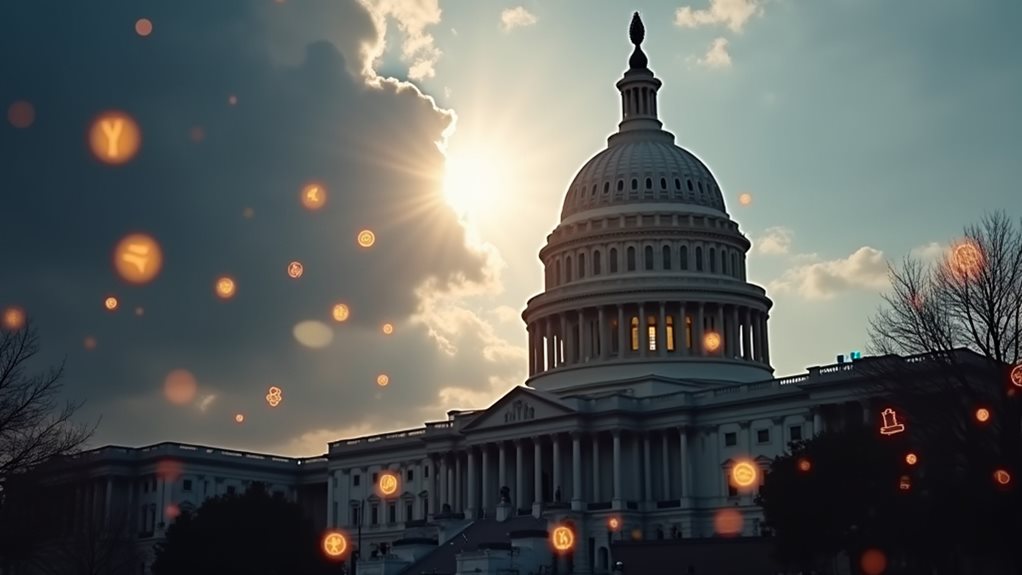Tether just dropped another $2 billion worth of USDT tokens into the market, pushing its market cap to $139.5 billion and cementing its spot as crypto’s third-largest player. Meanwhile, regulators are still playing catch-up with minimal oversight of these digital dollars floating around. The U.S. Senate passed the GENIUS Act, but enforcement remains spotty. The EU’s MiCA regulations are already kicking non-compliant tokens off platforms, showing how fragmented global approaches create ongoing uncertainty for this massive stablecoin ecosystem.

While $2 billion worth of new USDT tokens flood the market, regulators across the globe are still fumbling around trying to figure out what to do with stablecoins. The timing couldn’t be more awkward.
USDT’s market cap now sits at $139.5 billion, making it the third-largest cryptocurrency by market cap as of February 2025. That’s a lot of digital dollars floating around with minimal oversight. Meanwhile, lawmakers are playing catch-up with rules that should have been written years ago.
$139.5 billion in digital dollars circulating with minimal oversight while regulators scramble to write overdue rules.
The U.S. Senate managed to pass the GENIUS Act in June 2025. Yes, that’s actually what they called it – the Guiding and Establishing National Innovation for U.S. Stablecoins Act. Points for creativity, minus points for urgency. The legislation still needs House approval and a presidential signature, so don’t hold your breath. The SEC Crypto Task Force is working to reduce regulatory pressure while maintaining oversight.
If it becomes law, the GENIUS Act would finally bring stablecoins under federal regulation. Treasury and the Federal Reserve would coordinate with state regulators to supervise stablecoin issuers. It officially recognizes “payment stablecoins” as legitimate payment tools, moving away from the current patchwork of state licensing requirements. The new rules would require full backing of each stablecoin with high-quality reserves on a strict 1:1 basis, ending the era of fractional reserves.
Across the pond, the EU isn’t messing around. Their MiCA regulations are already enforcing compliance, classifying stablecoins as Asset-Referenced Tokens and E-Money Tokens. Non-compliant tokens got the boot from EU platforms by January 2025. Full enforcement by national regulators is expected by the end of Q1 2025.
The regulatory scramble makes sense when you consider the carnage from past collapses. Terra/LUNA wiped out $40 billion in 2022, triggering broader crypto market losses. The Silicon Valley Bank collapse dinged USDC‘s reputation, though no actual redemption failures occurred.
Meanwhile, USDT continues gaining traction overseas, especially in emerging markets. U.S.-based USDC saw circulation decline in 2023 but started recovering in early 2024. PayPal jumped in with PYUSD in 2023, signaling major corporate confidence.
The industry is rebuilding with more robust infrastructure, but the education gap remains massive. Users and institutions are still learning about stablecoin mechanics and risks while billions of new tokens hit the market. As of Q2 2024, stablecoins processed $8.5 trillion in transactions, surpassing Visa’s transaction volume. Perfect timing, really.









